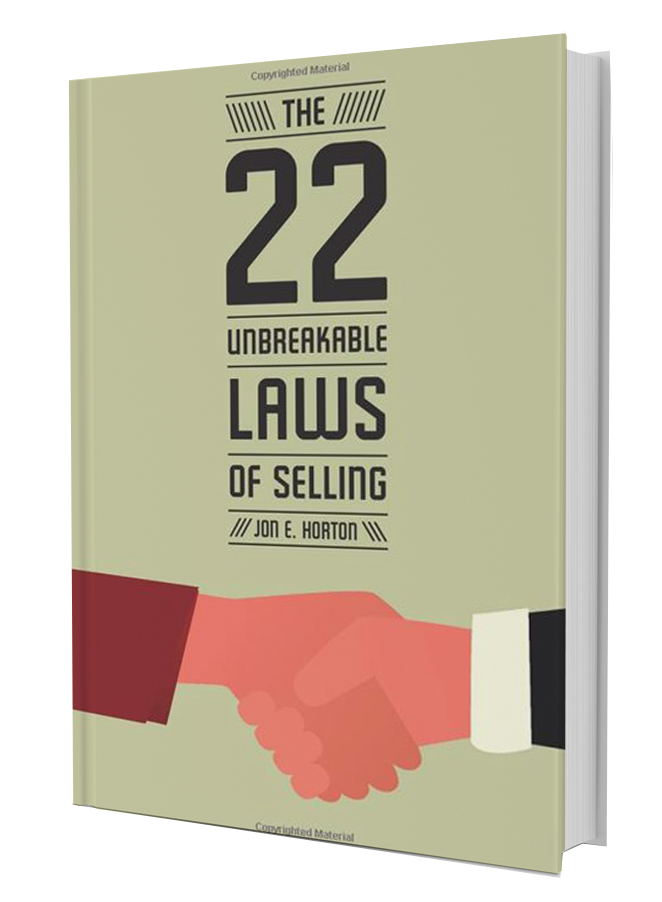As a Manager, I would often stroll into the Sales bullpen and fiddle around in a file cabinet, disguising the real purpose of my visit. Plain and simple – I was there to eavesdrop on the telephone conversations my sellers were having with their clients.
Call me sneaky, if you must, but my surreptitious listening was almost always productive. Monitoring these one-sided dialogues helped me appreciate the challenges faced by my salespeople and gave me good ideas for training. You might be surprised how frequently I overheard one of these.
- “How soon should I call you back?”
- “When do you think you will know?”
- “What can I do to close this deal?”
- “Do you have any more questions for me?”
All of these are variations on a theme and, translated, they mean that the potential customer has given the account executive a resounding “Maybe”! So, is the seller better off working with a “maybe” rather than a definitive “no”? Before you answer, consider some of the likely reasons for a buyer to waffle about a purchase decision. The prospect:
- Is not the decision maker. The person with the final say-so might be the owner, the father or just an unidentified superior but, in any event, it’s not the person being asked for the business (see The Law of Decision Makers).
- Would love to say “Yes” but business has not been good and the company simply cannot afford to spend the money. The buyer is waiting for things to turn around (see The Law of Qualification).
- Is stalling as a negotiating tactic with hopes of getting a better deal from the seller. As the salesperson becomes frustrated by the delay, he may, indeed, try lowering the price (see The Law of Negotiation).
- Isn’t really convinced the purchase is a good idea or has other objections not yet verbalized (see The Law of Needs and The Law of Ears).
In virtually every case, the cause of “maybe” is something other than simply a prospect’s inability to make a decision. As a consequence, sellers who react to “maybe” as really “a matter of time” are unlikely to ever hear a “yes”. At best, they will waste precious energy (time = money) on a treadmill of indecision. At worst, they will inadvertently pressure clients into a firm “No”.
The takeaway from this discussion is that top salespeople rarely accept “maybe” at face value. They have learned that an ambivalent prospect usually means there was a breakdown in the selling process. Rather than continue to press for a decision, perceptive account executives will take one or more steps backward, even returning to the Client Needs Analysis, making certain their customer relationship has a solid foundation
Salespeople dread hearing their clients say “No”. But, I would argue that this apparent negative should be viewed as an opportunity for a future positive. At least when a prospect says “No”, a seller can ask “Why not”, initiating a dialogue that can lead to a better result next time. But, that productive process cannot begin as long as the wheels of commerce are mired in “maybe”.
So, top flight sellers will see “maybe” as an urgent call for remedial action. Experience has taught them that the correct answer – When is “maybe” worse than “no”? – is always!
Jon E. Horton is the author of The 22 Unbreakable Laws of Selling available in both paperback and Kindle versions from Amazon.com. Contact Jon@JonEHorton.com.
Last updated:
Sep 5, 2013

